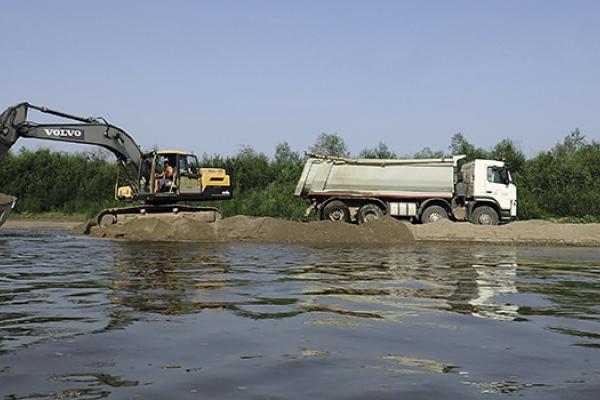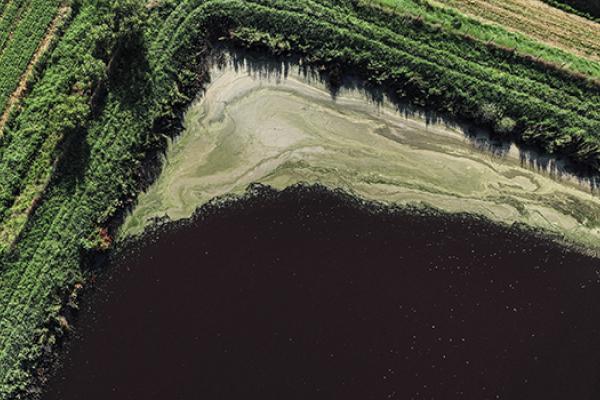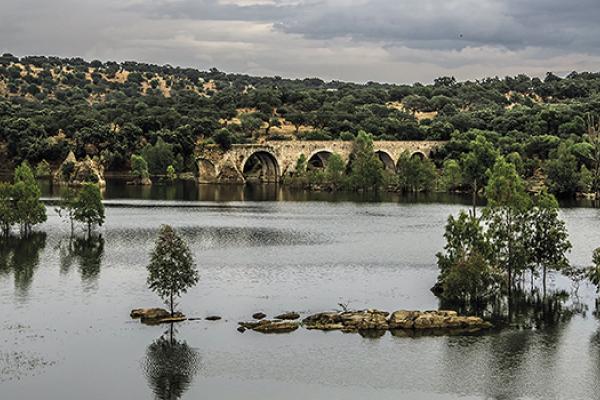The river has suffered from littering and has been labelled Europe's most contaminated. According to a recent study, the amount of microplastic pollution in the Tisza and its tributaries has increased dramatically in recent years, reaching levels comparable to those in large Chinese and Indian rivers.
The Tisza is a major tributary of the Danube, which is the longest river in the EU. It originates in Ukraine's Transcarpathia region near Rakhiv and carries vast quantities of waste into Hungary every year.
A team of reporters from Ukrainian NGL.media and the Hungarian media outlet Atlatszo followed the course of the river and found out the source of its contamination problems, as well as looking at attempts to resolve the issues.
Key findings:
- An interactive map showing the locations of landfills reveals that most of them are situated near riverbeds.
- Entrepreneurs who collect rubbish in Transcarpathia claim that some residents do not want to sign up to a centralised rubbish collection service because they do not want to pay a monthly fee.
- Construction of a new waste sorting plant in Yanoshi, near Beregovo, began in 2012 and could transform waste management in the Beregovo district. However, the plant has not yet been operationalised, and the police have opened criminal proceedings for embezzlement of funds.
On the right: Illustration by Victoria Demchuck








